Tambopata River Adventure – Getting There
We took a 30 minute flight to Puerto Maldonado from Cusco to start our Tambopata River Adventure. G Adventures met us at the airport and took us to their staging area in town. Puerto Maldonado seemed like Vietnam. Three wheeled motorized tuk-tuks and motorcycles were everywhere. The weather is very different from the coastal desert and fog of Lima or the high altitudes and cold of Cusco and Lake Titicaca. The low elevation, high humidity, warm temperatures, fast flowing rivers and jungle vegetation provided a uniquely Amazon experience even though this is still Peru.
At their staging area, G Adventures asked travelers to put essentials in duffel bags for the river trip and leave the rest in storage. It became clear that there were two distinct groups. Our G Adventures guide, Joselo, took care of me and my wife. The other 20 people were part of a different group. Joselo looked at our small carry ons and threw them up on top of the bus. We waited while the others fussed over what to bring. Then the bus drove through the jungle on roads more suited to a 4×4. Next we boarded a motorized long narrow fiberglass boat. The river flow was very swift. Lunch was provided wrapped in banana leaf en route to the Tambopata Eco Lodge.
Tambopata Eco Lodge
Our thatched roof cottage at the Eco Lodge was very spacious and very private. There were screens instead of walls around much of the exterior, which permanently exposed you to the outdoors. Our room seemed more like a gigantic canopy isolated in the middle of the forest. There were no light in the room after dark, just a flashlight. Solar panels provided hot water for showers. Condensation from humidity covered the bathroom mirror all day long. Insects buzzed in the dark of night. At sunrise, the eerie sounds of howler monkeys let you know it was time to get up.
All meals were provided by the Tambopata Eco Lodge. When we headed out to dinner, I grabbed what I thought was the room key in the faded light. The “key” began crawling out of my hand. I threw it out the front door. Luckily we didn’t see any other bugs in our room during our stay. Our guide met us for each meals and sat with us. There was power in the dinning room and the bar. The bar was the charging station for everyone’s camera batteries.
Tambopata River Adventure – Night Walk
After dinner, Joselo came by our room to take us on a night walk to see insects and spiders. We didn’t have to walk very far. About 10 feet from our room, we found large ants and poisonous jumping spiders. Joselo used a flashlight to find insects with remarkable ease. Maybe it’s just that every leaf has an insect under it. The jungle was humming with the constant buzzing of insects. I was fascinated by the experience. Viki found it far less entertaining. The night walk was a much better experience than wandering through the jungle the next afternoon. During the day, the monkeys kept their distance and there was much less to see.
Tambopata River Adventure – Night Caiman Search
On our second evening we boarded a boat with lots of others. Wed sped up and down the Tambopata River in the dark for about an hour on a night caiman search. The guide at the front of the boat used a high powered light to catch the reflection of the eyes of caiman on the banks. In a period of about half hour, we came across small caiman, a mother and several babies, a medium sized caiman and one very large one.
The guide also used his light to point out bats flying over the river surface and several capybara rodents on the shore. During the day capybaras hide when tourists get close, but at night they paid no attention to the boat and or the spot lights. We got so close that you could hear the vegetation crunching in their mouths. It was somewhat intimidating to get so close at night. They seemed more like small hippos then instead of large rodents.
Tambopata River Adventure – Upstream Expedition
On our second morning, we headed to the river to board a boat for our camping upstream expedition to see macaws. The boat was tightly packed with tents, sleeping bags, a cook stove, pots and pans, plus tons of food. There was a captain, a cook, a spotter/porter and our guide Joselo. I asked where the other tourists were. Joselo said we were the only ones who had booked the tour. The whole boat load full of gear was all for us. I truly felt like an early explorer or a National Geographic Expedition film crew.
So, we set off on a 7 hour journey up the river. It takes that long because the current keeps getting stronger as you head upstream. There were strong eddies and collapsed river banks. Floating vegetation and even large drifting trees kept our spotter busy as we navigated through the debris. It was very dangerous river conditions, but it seemed common place to our crew.
Tambopata River Adventure – Butterflies
At lunchtime we reached the Collpa Chuncho Macaw Clay Lick. Joselo indicated this wasn’t where we were planning to see macaws. Macaws visit clay licks each morning to eat salt from the clay, so they had already left Collpa Chuncho. We ate box lunches at the clay lick. The rice dish wrapped in banana leaves was delicious. A small caiman approached the boat for scraps. He was a regular at the spot and had been given the name Lola.
In the afternoon, we had a number of great photo opportunities. Swarms of butterflies are common on the banks of the Tambopata River. They seek out salt in the river clay. They also land on the tear ducts of caiman and turtles as they search for salt and minerals. The butterflies look like decorations on the bodies of caiman and turtles. Lots of capybara scampering away from us as we approached. We didn’t see a jaguar, but they still roam this area and are seen on rare occasions.
Tambopata River Adventure – Camping
About an hour before sunset we stopped and they set up camp in the jungle near the river. We had a dining area for with a table and 3 chairs under a canopy. Viki and I had a tent set up just for us. There was a canopy over the cooking area too. Our cook made a wonderful meal, which we ate as darkness set in. Before sunrise the next morning, we planned to position ourselves at the Collpa de Guacamayo clay lick. You need to get there before the macaws and remain very still in order to see these majestic birds.
Collpa de Guacamayo – Cancelled
At 4 am an alarm sounded and Joselo called out in the dark – “Tim, get up.” About 30 seconds later there was a tremendous crash of thunder. Joselo called out, “Tim, go to sleep.” It rained heavily for almost 2 hours. Our Collpa de Guacamayo macaw clay lick visit was cancelled, but we really enjoyed the experience in the rain and thunder. I used the rubber boots to wander about in the rain. I could see the captain had slept in the boat that night.
Our cook made a gigantic meal. We didn’t eat much and she became very upset. She explained to us through Joselo’s interpretation, that if we didn’t eat more she was going to get fired. We assured her that we would be saying great things about her cooking.
Tambopata River Adventure – Collpa Chuncho
On the way back down river, the rain stopped and we visited the Collpa Chuncho Macaw Clay Lick again. Joselo figured that the macaws had missed their morning feed and that they might come out now. He turned out to be right, but it took nearly 2 hours of patiently watching before the macaws came down from the trees to feed. We saw red-and-green macaws, blue-and-green macaws, scarlet macaws and one white toucan.
Tambopata River Slide Gallery
It’s interesting that the macaws are so slow and cautious to approach the bank, because they make a tremendous racket while they think about descending to it. Joselo indicated they are very scared during feeding because their backs are exposed to eagles while they feed. The macaws have no easy way to escape an attack as they eat. It was wonderful that we got to see the macaws feed. After all, it was the main point of the Tambopata River Adventure. It wouldn’t have mattered too much if we missed them though. I’d already been enchanted by the Tambopata.
Tambopata Lodging
For those contemplating a trip to the Tambopata River, here are some options for lodging:
Posadas Amazonas about 2 hours upstream from Puerto Maldonado. They do excursions to Tres Chimbadas Lake, where giant river otters are sometimes seen.
Refugio Amazonas about 3 hour up river.
Tambopata Research Center Lodge, about 7 hours upstream. It is 500 yards from the world’s largest macaw salt clay lick at Collpa de Guacamayos.
Tambopata Eco Lodge – used by G Adventures and it’s where we stayed. Under 3 hours upstream. You can also visit Lake Condenado and Lake Sachavacayoc. Unfortunately the giant river otters are no longer seen in these lakes.
Explorer’s Inn hike 3.5 hours from the Inn to Cocococha Lake on the off chance that you will see a river otter.

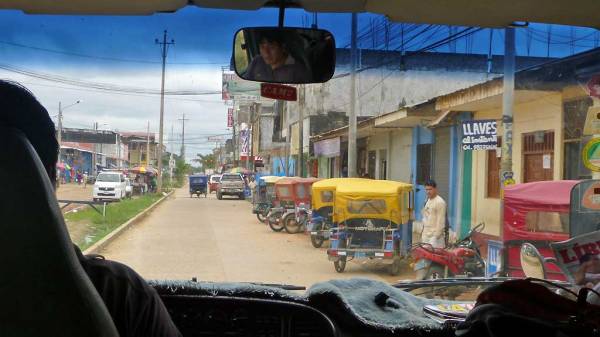
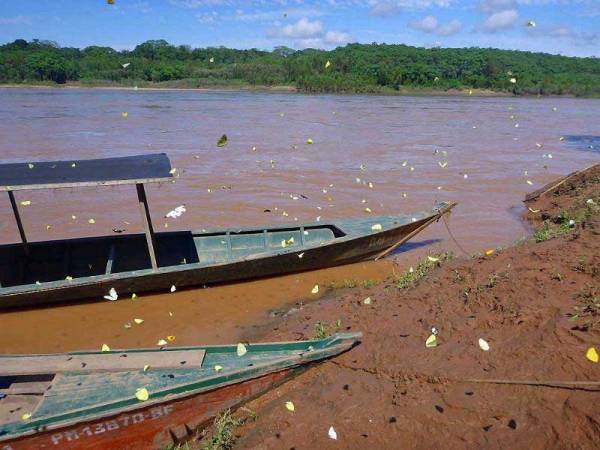
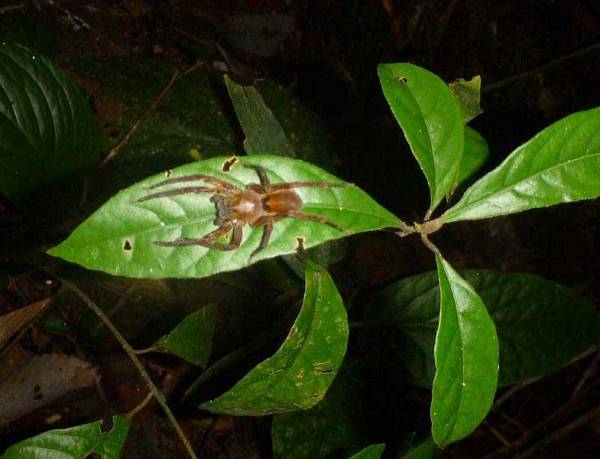
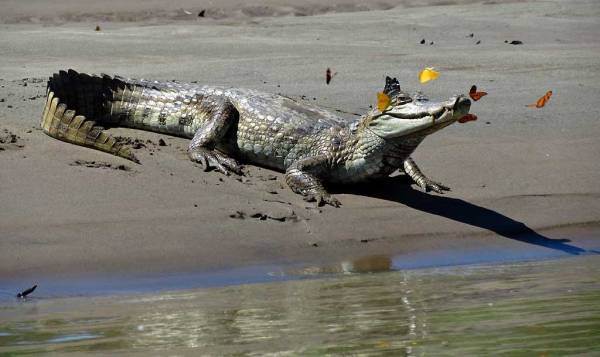
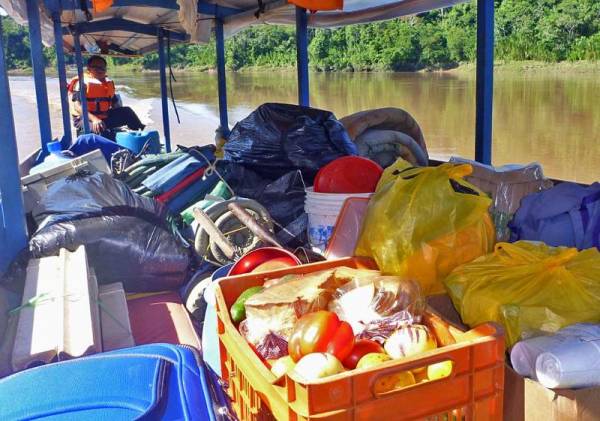
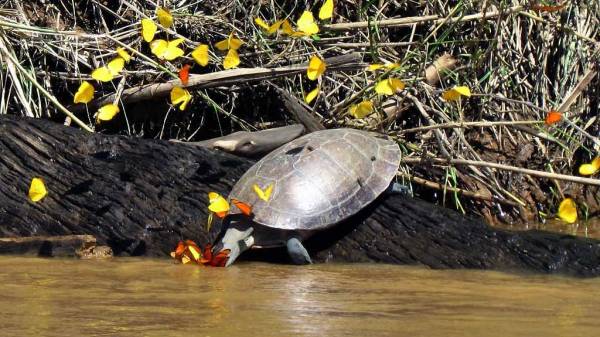
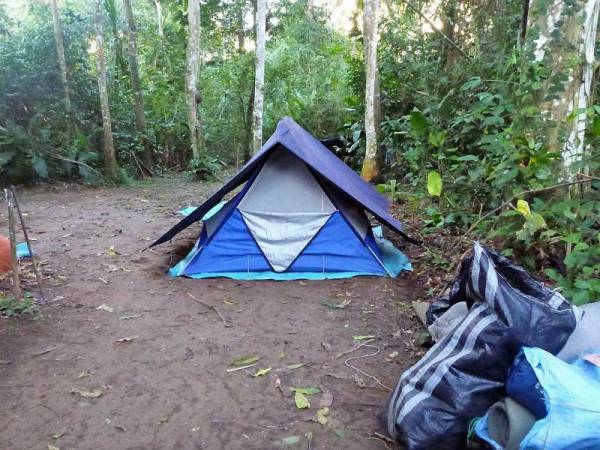
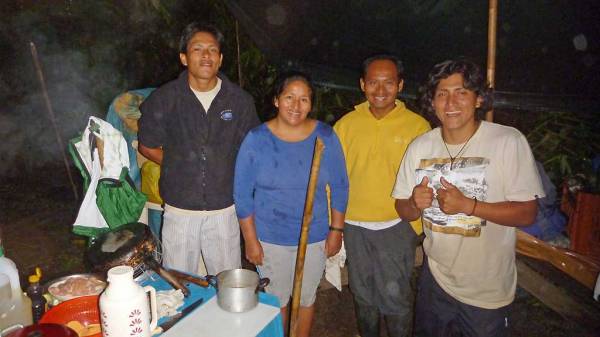

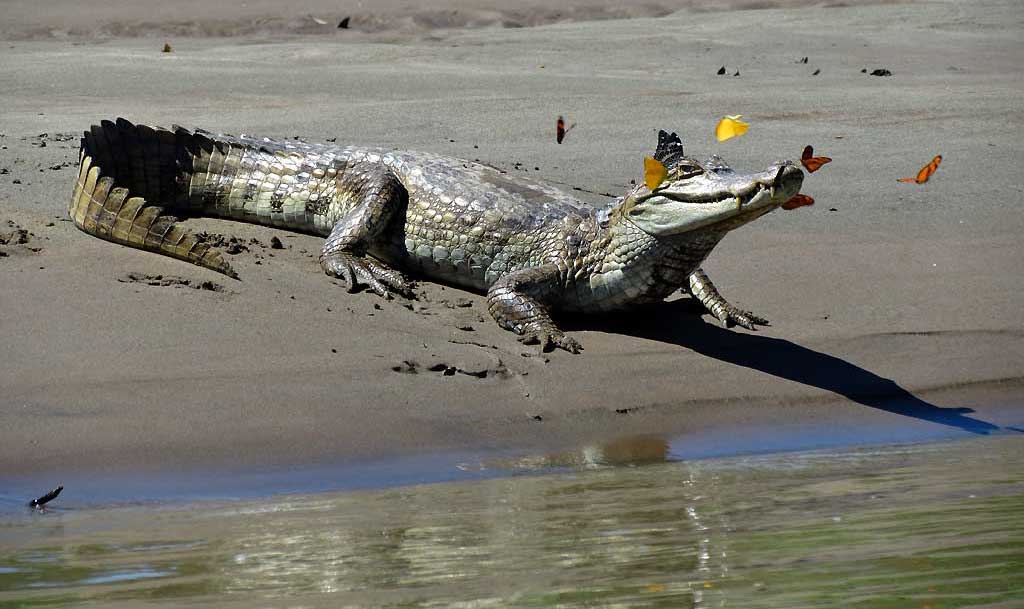
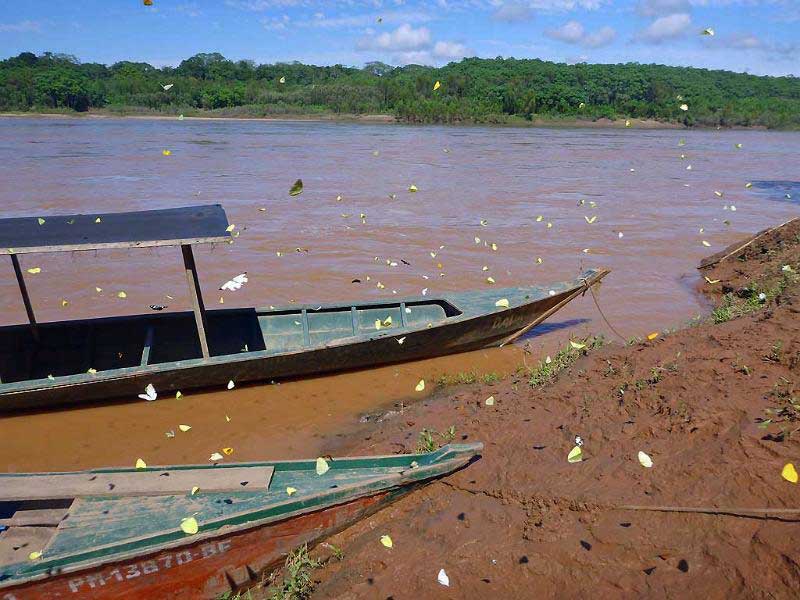
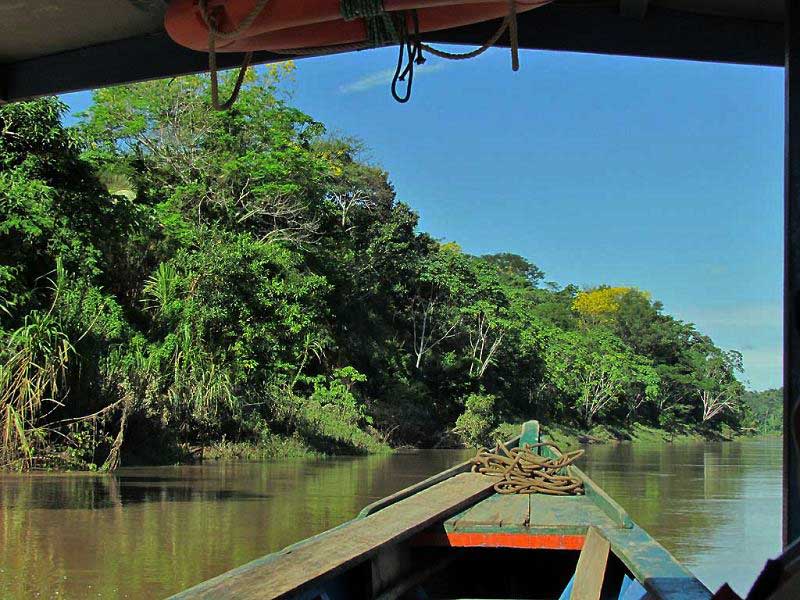
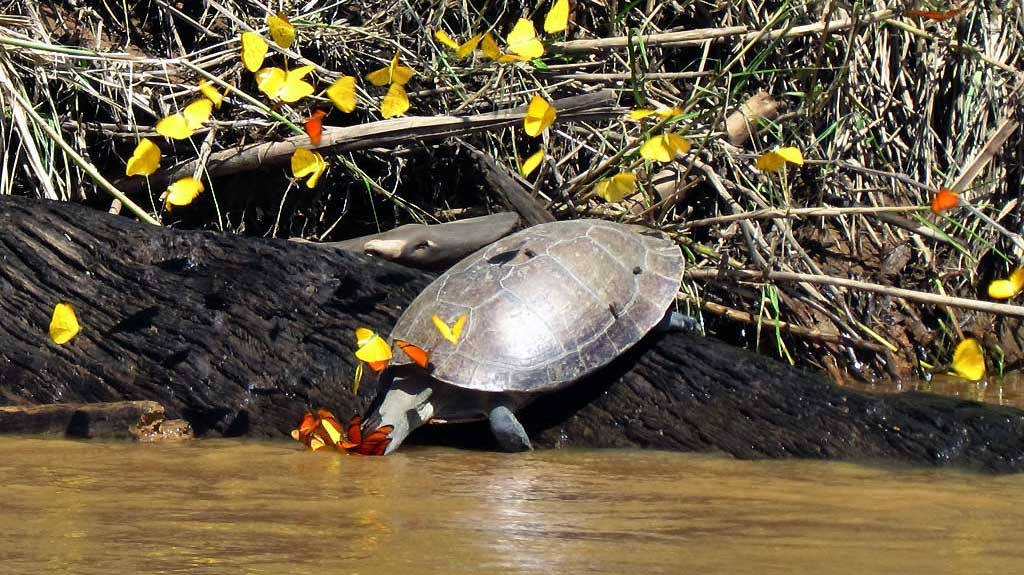

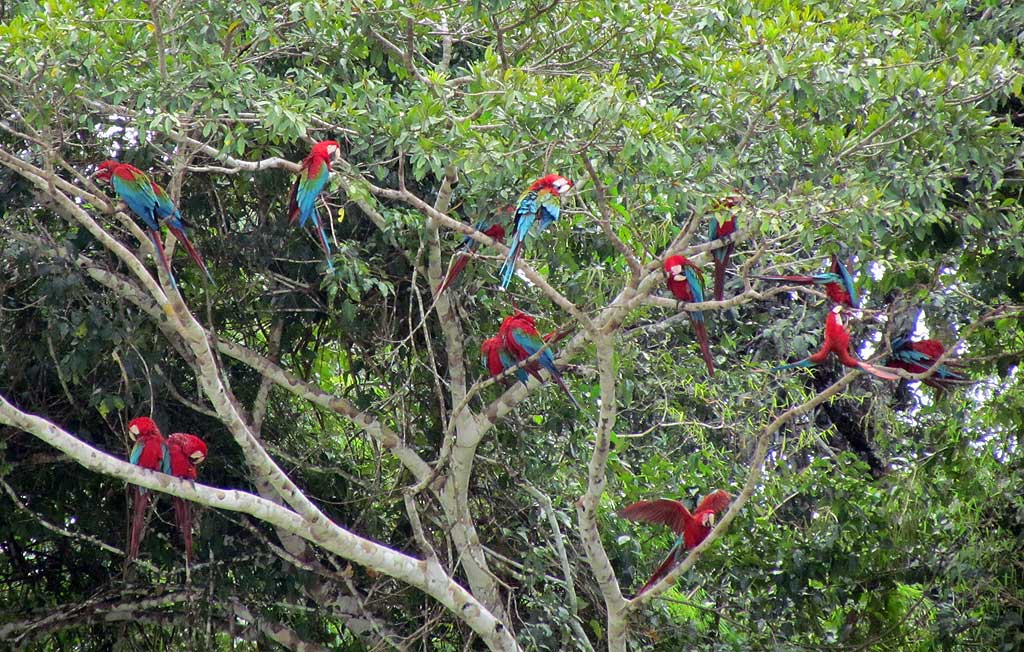
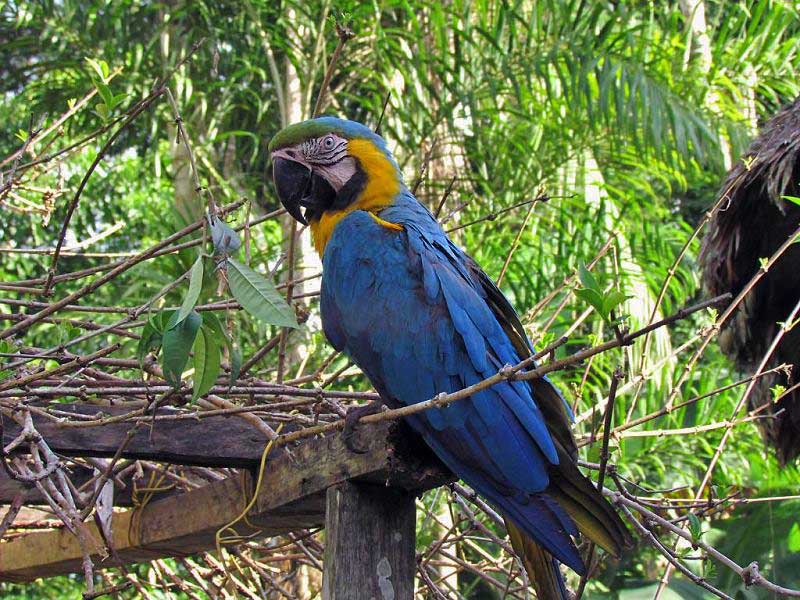
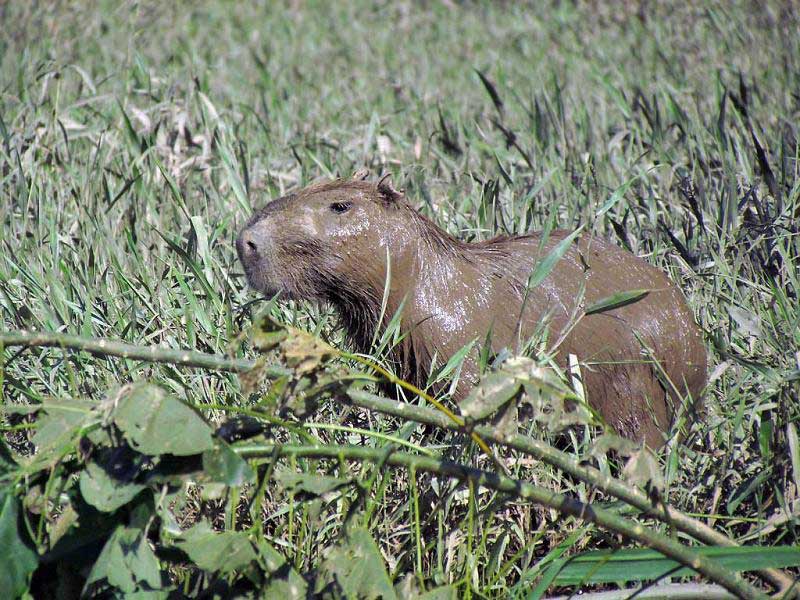
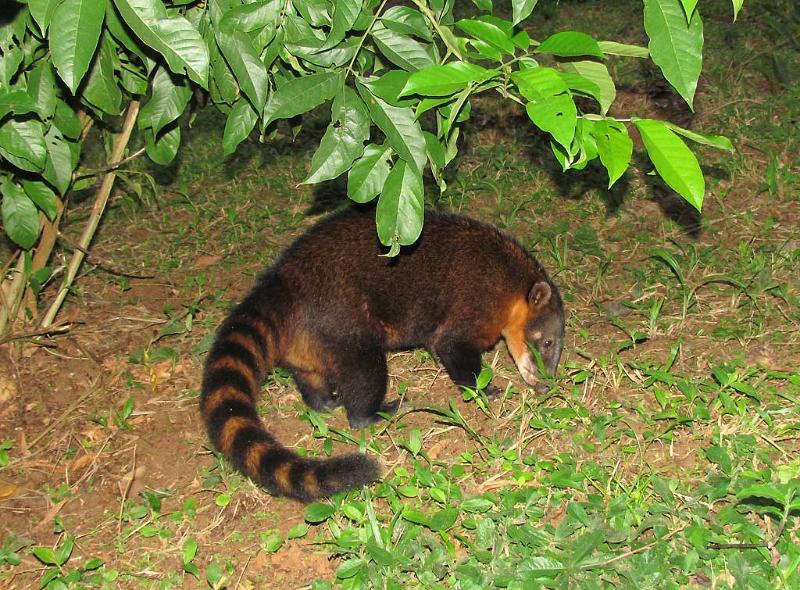
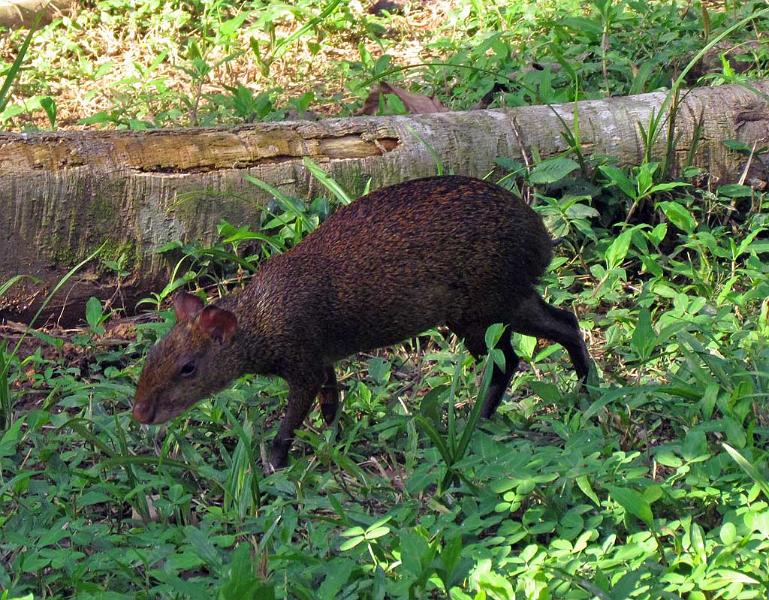
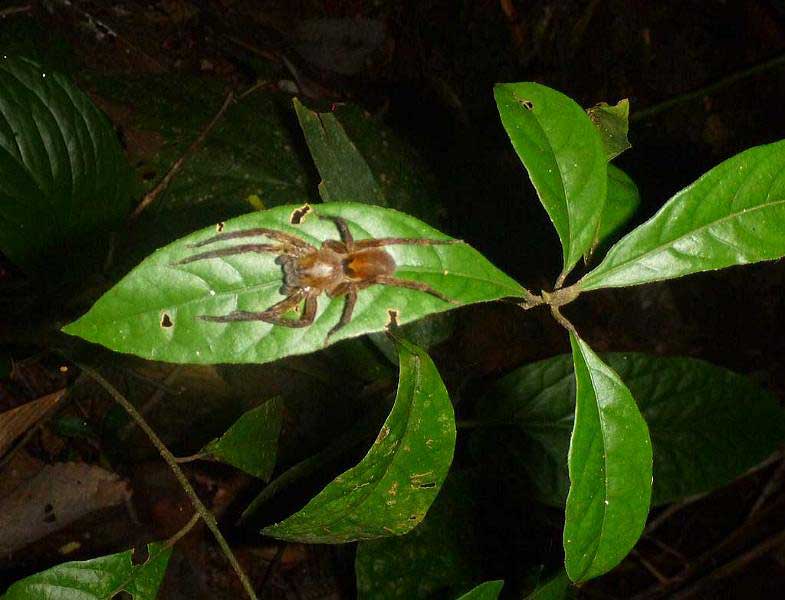
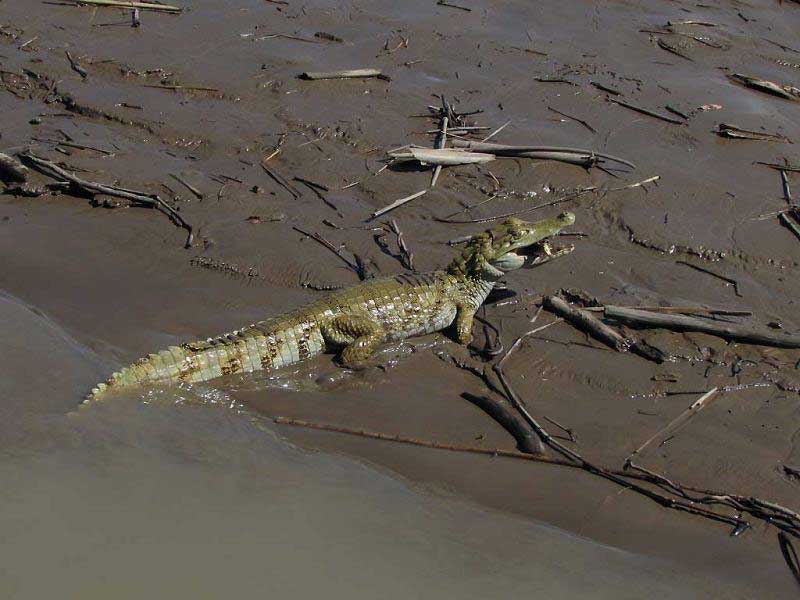
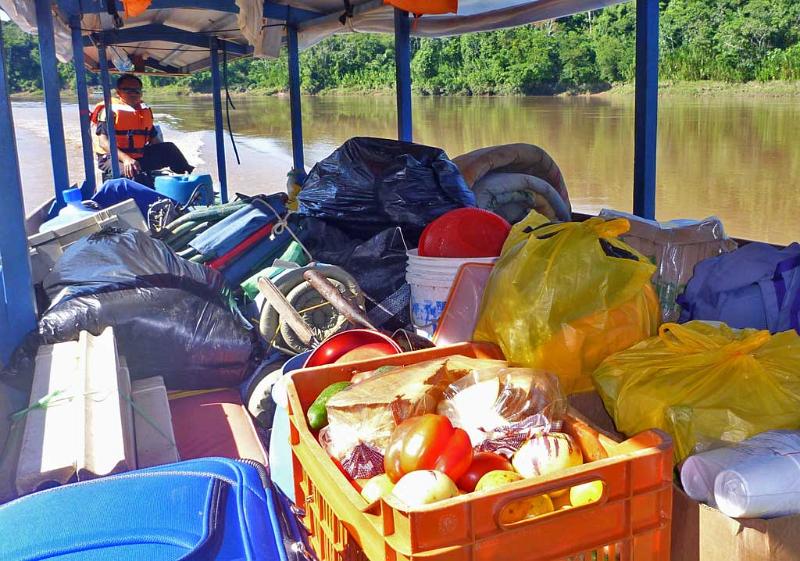
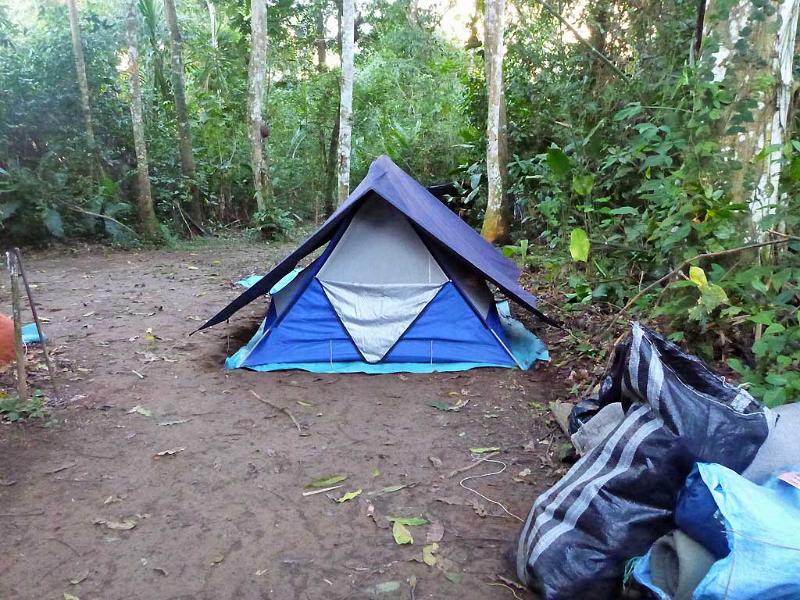
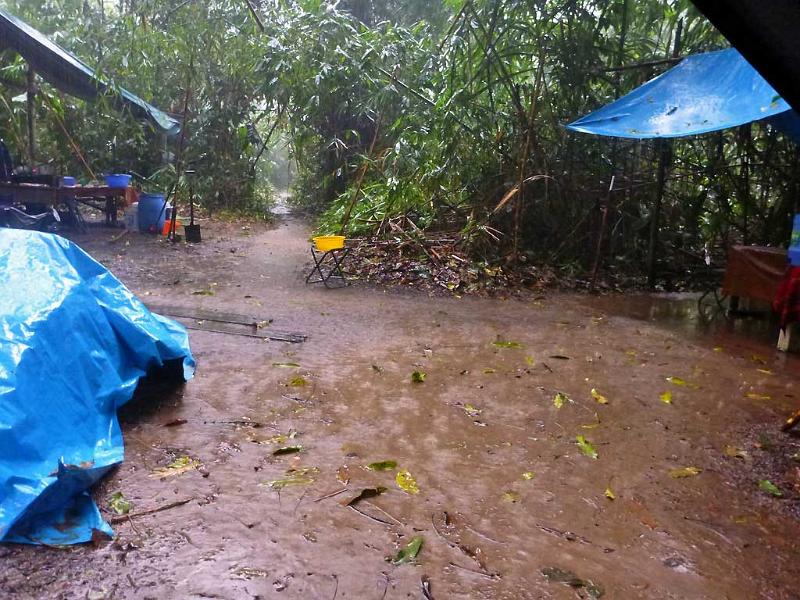
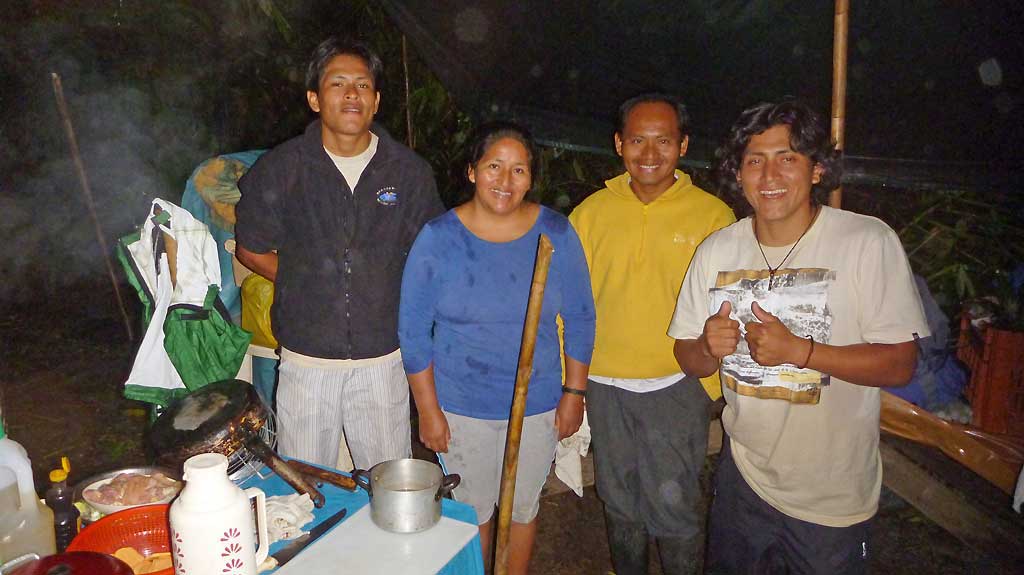
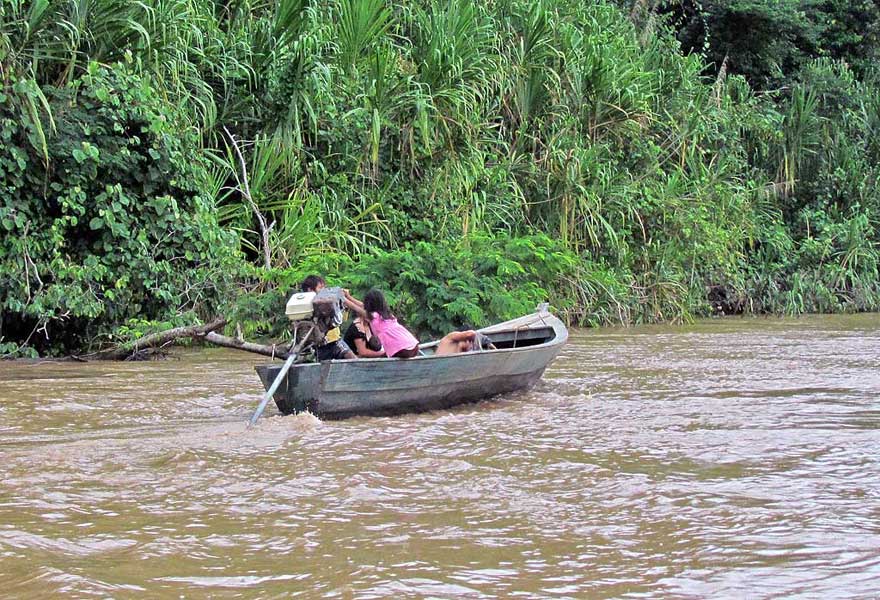
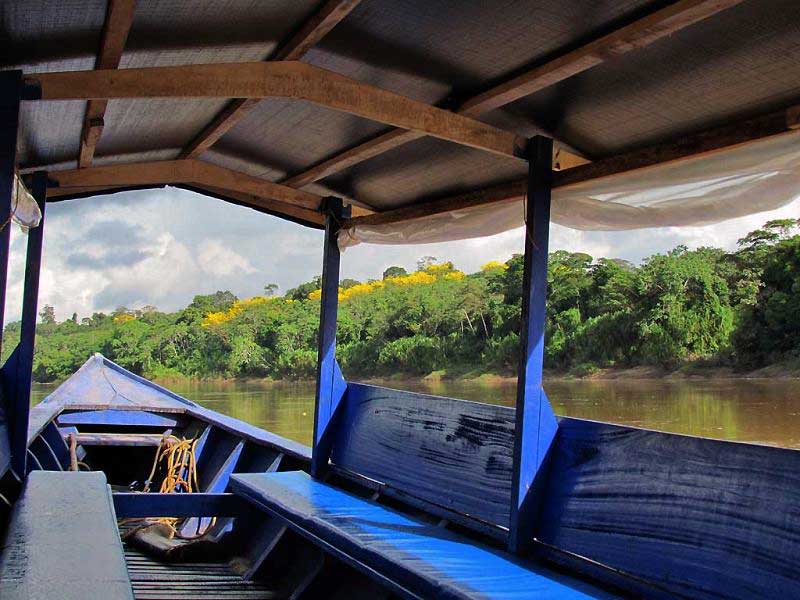
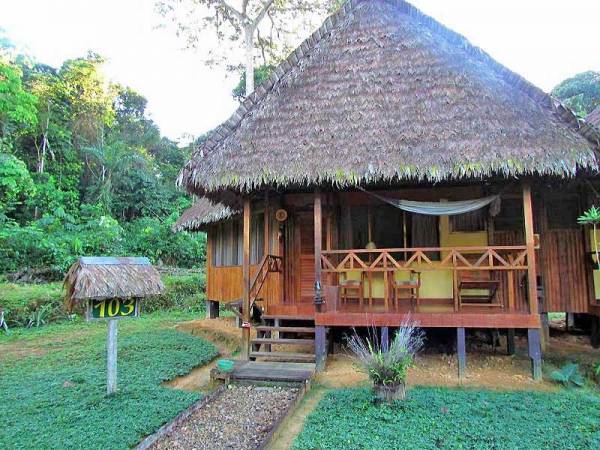
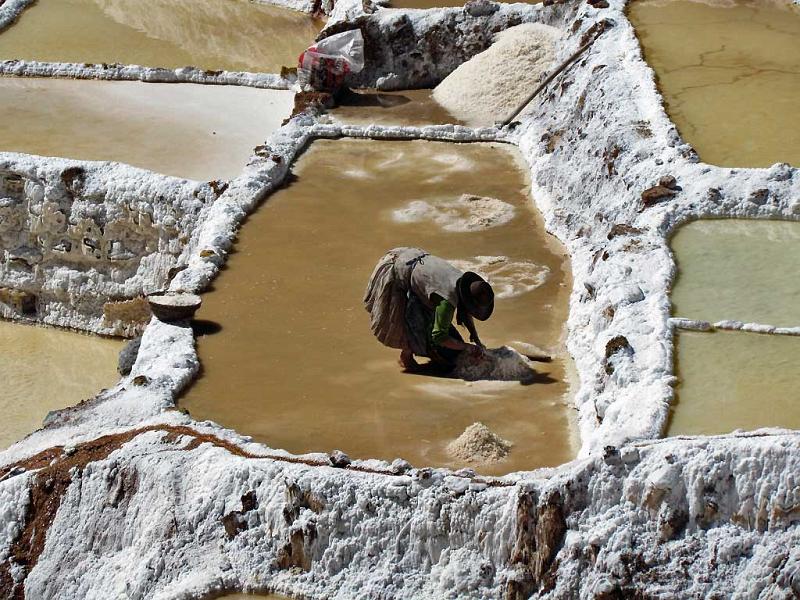
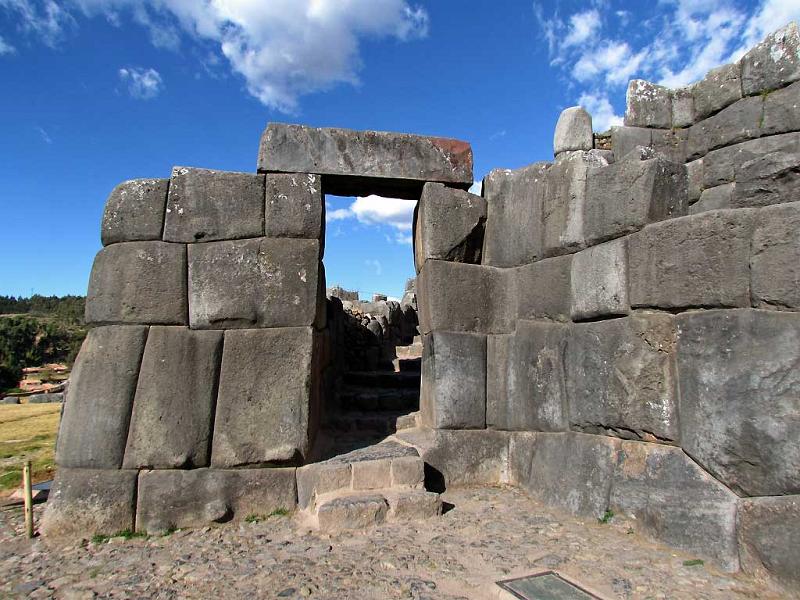
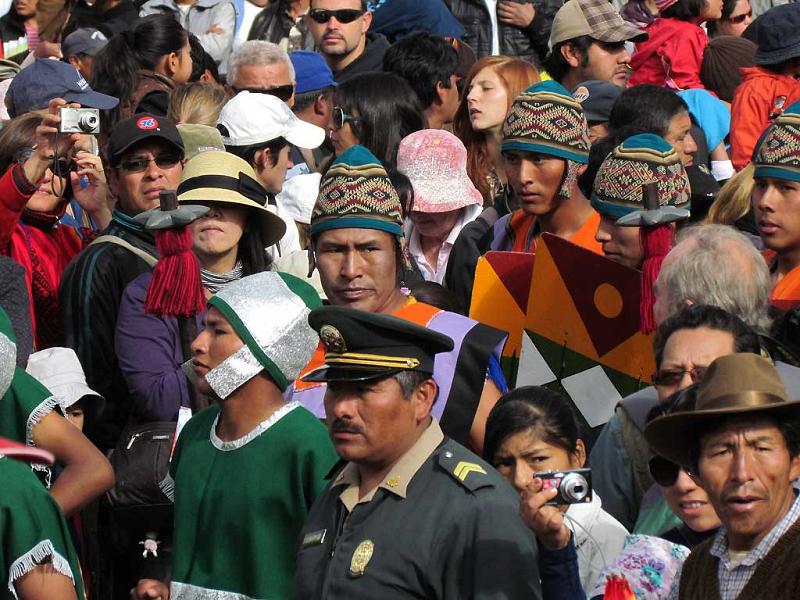
Leave A Comment